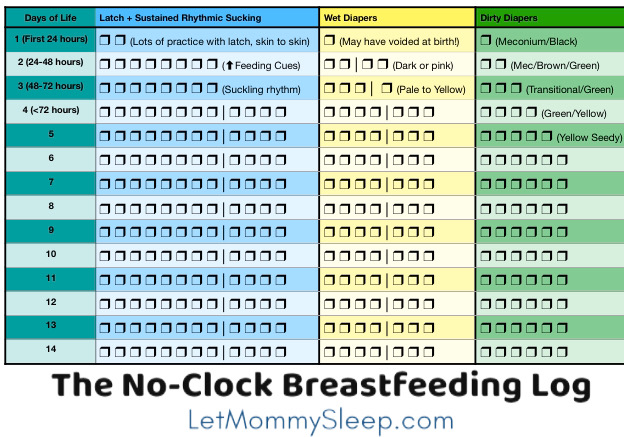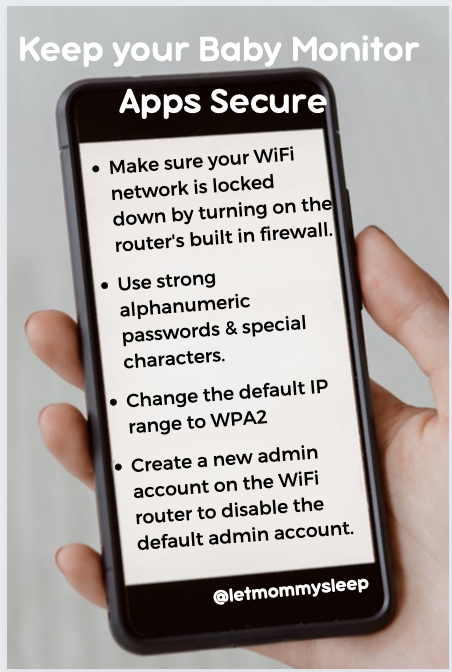During the first few weeks after birth, new mothers often experience conflicting feelings of joy and unexpected disappointment, so it’s crucial that new parents and partners understand what’s normal and when it is time to call a doctor. This article, PPD vs. Baby Blues- Know the Difference, shares how Postpartum Depression and Baby Blues can present during pregnancy and in the four-week period following childbirth.
PPD vs. Baby Blues: What are the Baby Blues?
Mild depression with tearfulness, irritability, appetite changes and fatigue are common during this time and typically peak around the fifth day postpartum. This is commonly known as the Baby Blues and most women adapt and recover to these changes after about a week. If sadness persists beyond two weeks however, postpartum depression (PPD) may be the cause. PPD can also affect partners. Here’s how to tell the difference between depression and the baby blues:
Symptoms of Postpartum Depression
Some of the symptoms of more serious PPD include:
- Persistent sadness that does not go away
- Frequent crying, even about little things
- Poor concentration or indecisiveness
- Difficulty remembering things
- Feelings of worthlessness, inadequacy or guilt
- Irritability, crankiness
- Loss of interest in caring for oneself
- Not feeling up to doing everyday tasks
- Psychomotor agitation or retardation
- Fatigue, loss of energy
- Insomnia or hyperinsomnia
- Significant decrease or increase in appetite
- Anxiety manifested as bizarre thoughts and fears, such as obsessive thoughts of harm to the baby
- Feeling overwhelmed
- Somatic symptoms (headaches, chest pains, heart palpitations, numbness and hyperventilation)
- Poor bonding with the baby (no attachment), lack of interest in the baby, family or activities
- Loss of pleasure or interest in doing things one used to enjoy (including sex)
What if I think it’s PPD?
It is important to note that postpartum depression is not a weakness, but an effect of the pregnancy. In fact, the American Psychological Association reports that degrees of PPD are reported to affect 9-16 percent of postpartum women.
Once recognized, postpartum depression is treatable. If the signs and symptoms of the baby blues persist into depression, it is important to seek the help of a professional. In some cases, social support or therapy may be recommended and in others, medication is necessary to help mothers with PPD.
In the video below, Therapist and Director of Outreach & Education for Postpartum Support of Virginia, Mara Watts, M.A., M., Ed. shares what separates postpartum anxiety and mood disorders from typical baby blues. This is a must-watch before baby arrives for parents and those who love them because postpartum mood disorders are the most common medical complication of pregnancy.

For more information, Postpartum Support International (PSI) is available for support, resources and reliable services for no charge.





